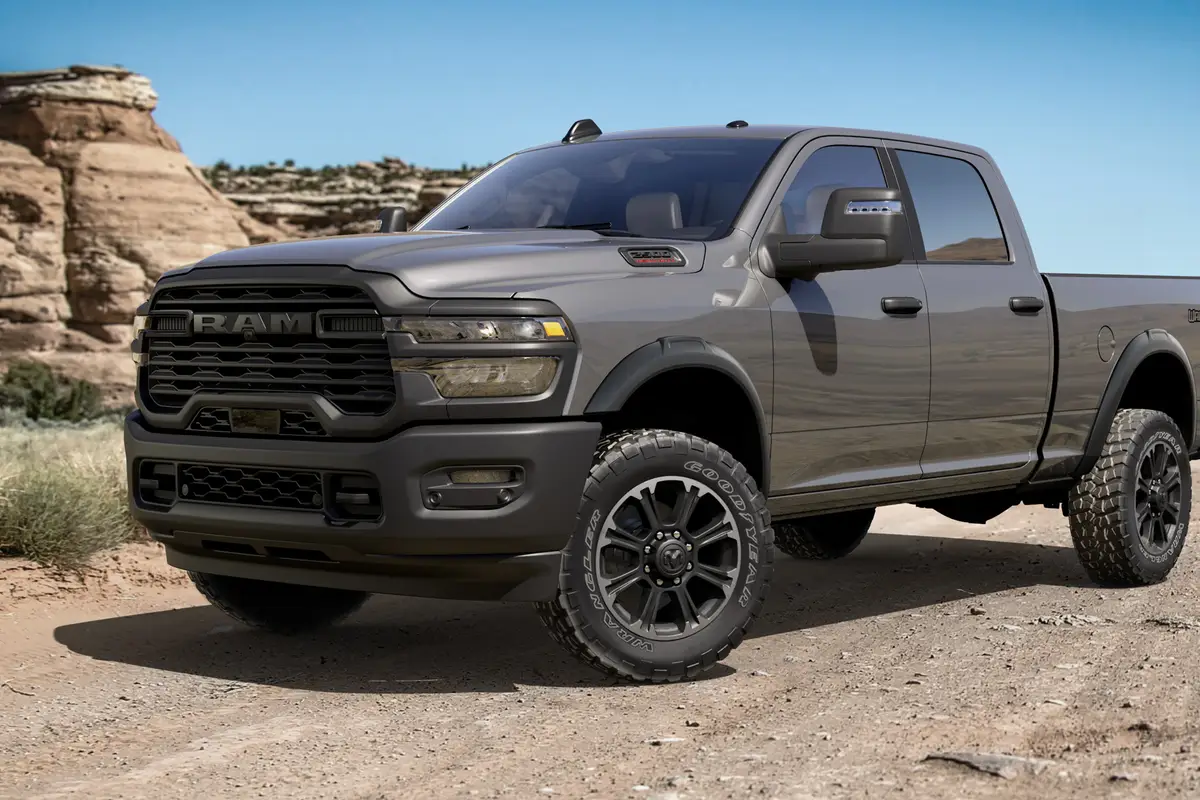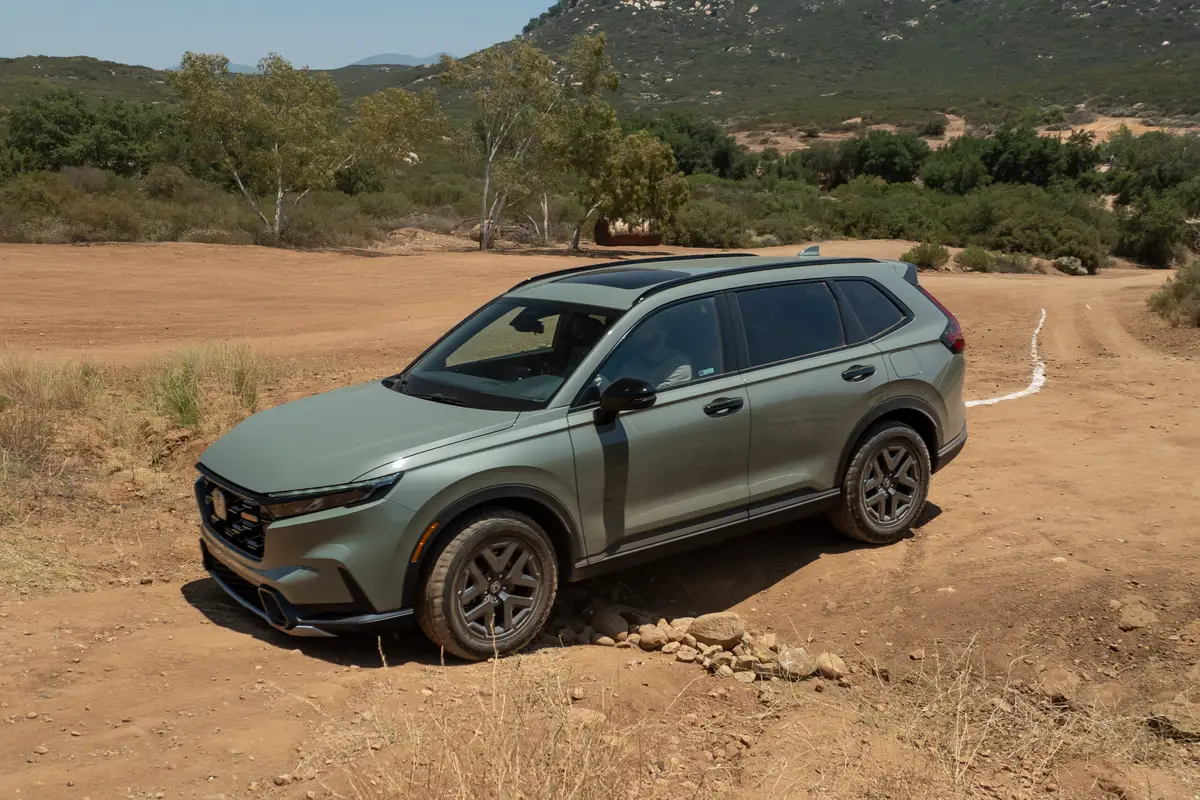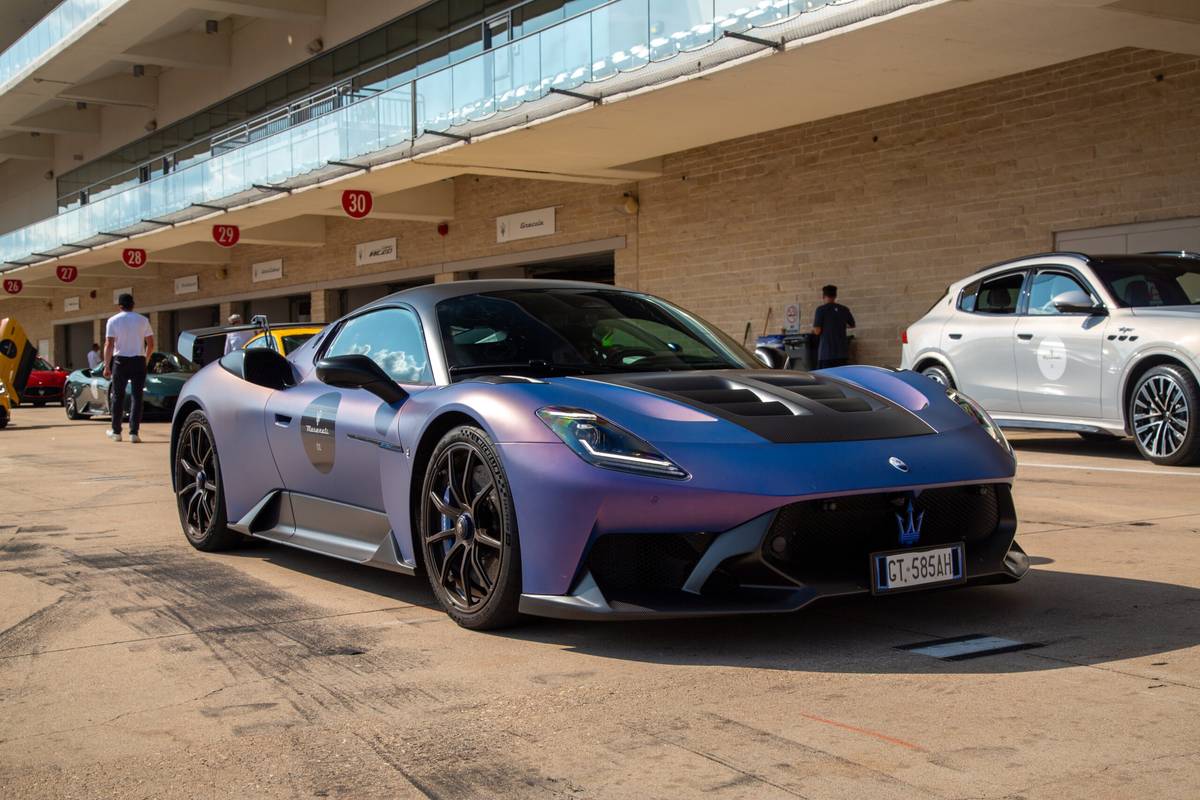AZCentral.com's view
Toyota and Pontiac. Talk about strange bedfellows. Here’s the Japanese durability leader as it slips into dull middle age coupled with GM’s Excitement Division as it tries desperately to stay hip.
What they have spawned are fraternal twins, Toyota Matrix and Pontiac Vibe, aimed to succeed where their parents have failed: attracting a new generation of youthful drivers. Imaginative styling, funky image, loads of versatility, all at a fairly reasonable price. What more could you want in a campus cruiser? Or a suburban grocery-getter?
Four-door hatchbacks are suddenly cool, as compared with a decade ago, when they were dorky. No matter, the latest crop of moderately priced five-door compacts brings roominess and versatility to market with style.
The 2003 Matrix and Vibe fall into that group with tall cabins and upright seating positions mounted on the short wheelbase of a compact sedan. In this case, it’s the popular practicality queen, Toyota Corolla.
Each twin’s outward appearance is strictly its own. The Vibe takes a mini-sport utility route with integral roof rack and contrasting body molding, while the Matrix vies for a sportier image. I favor the Vibe, which melds Pontiac styling cues into a successful new look.
The Pontiac arrived first at our house and was an immediate favorite. The Vibe was a nice-looking little head-turner that seemed to be appreciated by everybody.
But the test Vibe suffered a serious deficiency: sparse engine power. The same 130-horsepower, 1.8-liter engine that motivates Corolla is used in the base-model Vibe and Matrix, and is just too pokey. Coupled with an automatic transmission, the engine did more roaring than running.
The Matrix that arrived a few weeks later had the optional 180-horse engine and six-speed manual transmission, the same as Celica GT-S. This was the Matrix XRS, a k a Vibe GT. Either way, the engine power, body enhancements and sports wheels and tires adds about three-grand to the price.
The sport engine was significantly more powerful, and the six-speed much more flexible, but there were some driveability issues. Mainly, you have to rev the bejabbers out of the engine to get to its sweet spot at 7,600 rpm, where the power resides. And it’s a noisy climb up there with too much engine buzz and roar. At lower revs, power seems just slightly better than the base engine.
The shifter was surprisingly clunky, notchy and stiff.
In both cars, handling was not exactly crisp, given the soft ride and tall profile, but they were plenty of fun for running around town. Highway manners are fairly refined, and road trips should work out well with either the base or performance version.
The interiors were nearly identical, attractively finished in black with contrasting bright chrome and aluminum-toned trim.
The seats front and rear are surprisingly roomy given the short dimensions. There are lots of cubbies and stowage spaces, plus such extra s as a 110-volt outlet for any household appliance you might bring along.
In a nod toward SUV capability, both Vibe and Matrix are available in full-time all-wheel drive instead of just front drive, though available only with the base engine.
The base Matrix is priced lower at $14,670 than the base Vibe at $16,340, though the difference seems to indicate more standard equipment in the Vibe. As options are laid on, the price gap evens out.
Besides the performance upgrades, the test Matrix XRS included a GPS navigation system and six-disc CD changer, at a whopping $1,700. The base Vibe included a package of power features, including windows and door locks, $1,000; automatic transmission, $800; and a moonroof, stereo-upgrade package, $800.
An unlikely coupling, Toyota and Pontiac have nonetheless produced a pair of unique and likeable progeny.
Pontiac Vibe/Toyota Matrix XRS
Vehicle type: Four-passenger, four-door hatchback, front-wheel drive.
Base Price:
$16,340/$18,750.
Price as tested: $19,200/$21,461.
Engine: Base: 1.8-liter inline-4, 130 horsepower at 6,000 rpm, 125 pound-feet of torque at 4,200 rpm.
Sport: 1.8-liter inline-4, 180 horsepower at 7,600 rpm, 130 pound-feet of torque at 6,800 rpm.
Transmission: Four-speed automatic/Six-speed manual.
Wheelbase: 102.4 inches.
EPA mileage: 28 city, 33 highway/25 city, 30 highway.
Highs:
-Unique style.
-Versatility.
-Roomy interior.
Lows:
-Weak base engine.
-Peaky upgrade engine.
-Clunky stickshift.
Latest news



